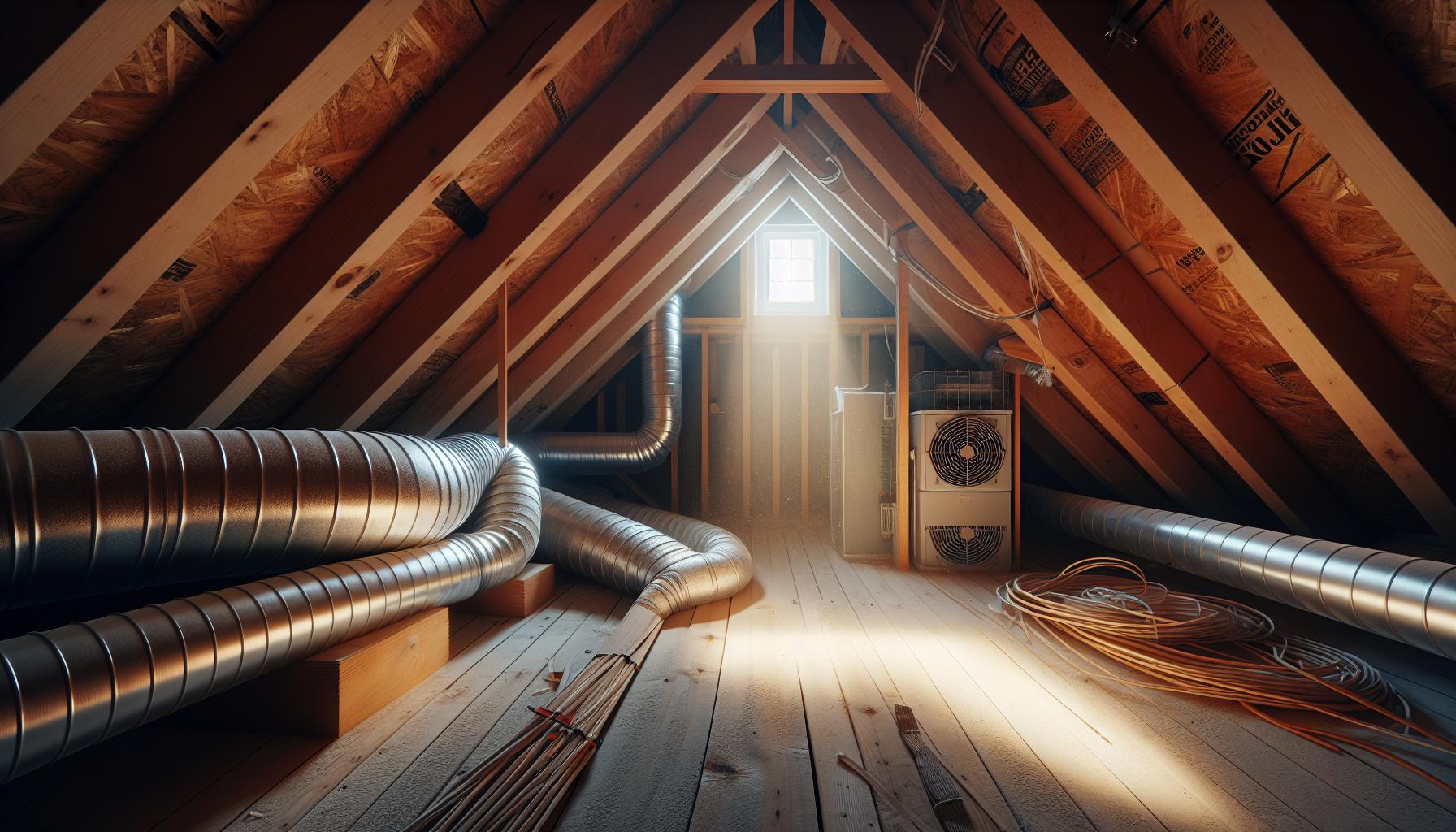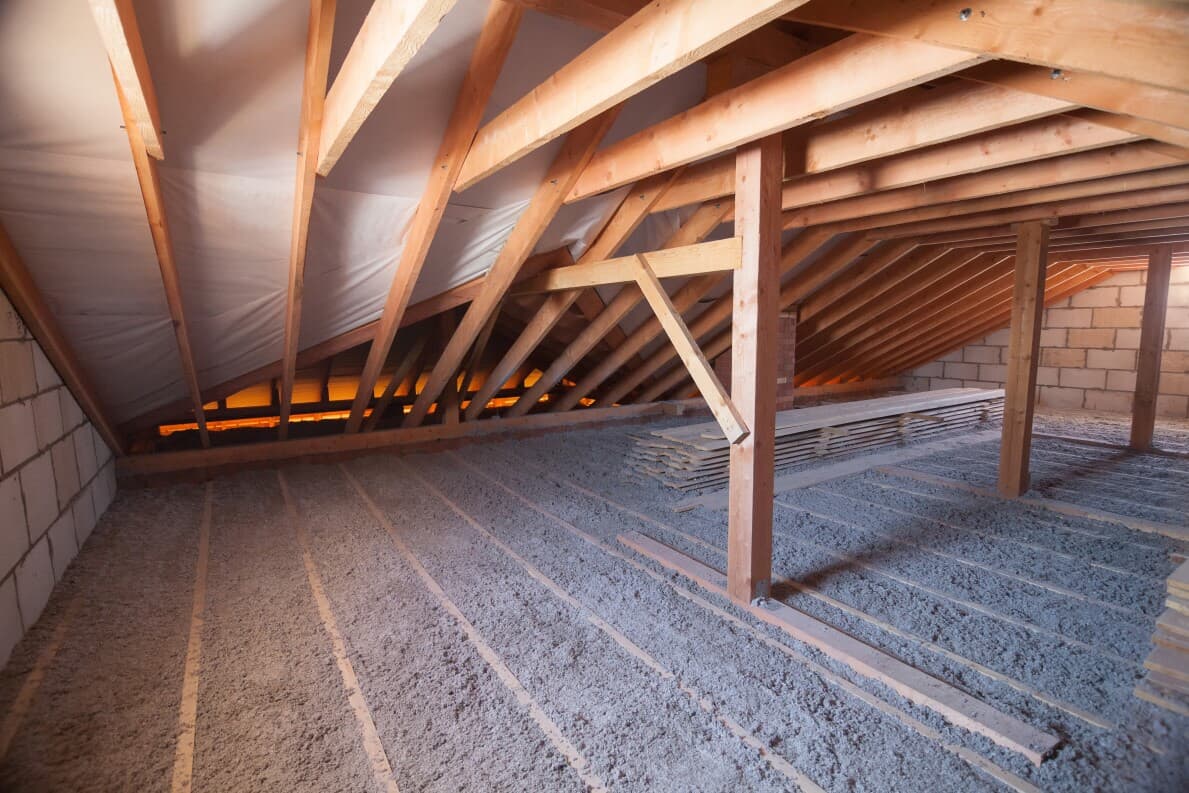Wondering when to seal a crawl space can be a significant question for many homeowners. Crawl spaces, often overlooked, play a crucial role in the overall health and efficiency of your home. Sealing a crawl space is essential for improving your home’s air quality, energy efficiency, and structural integrity. In this article, we will explore the signs and benefits of sealing your crawl space.

Understanding What a Crawl Space Is
A crawl space is an area under your home that provides access to pipes, wiring, and insulation. It can impact your home’s ventilation, moisture levels, and even the quality of indoor air. It’s crucial to understand its function and the potential issues that can arise if not properly maintained.
Why Sealing a Crawl Space Matters
Sealing a crawl space can significantly improve energy efficiency, reduce moisture, and prevent pests. Besides, it helps in making your home safer and more comfortable. Homeowners should take this measure seriously to avoid future problems.
Energy Efficiency
One of the primary advantages of sealing a crawl space is improved energy efficiency. When a crawl space is not sealed adequately, it can allow drafts that make your heating and cooling systems work harder, increasing energy bills. Proper sealing helps maintain a consistent temperature, easing the load on these systems.
Moisture Control
Excessive moisture in crawl spaces can lead to mold growth and wood rot, affecting your home’s structure. Sealing helps prevent moisture from entering, safeguarding your home against these issues and ensuring a healthier indoor environment.
Signs You Need to Seal Your Crawl Space
Knowing when to seal your crawl space is critical. Look for signs such as increased energy bills, musty odors, and visible mold growth. These indicators suggest that your crawl space may need sealing.
Increase in Energy Bills
If you notice a spike in your energy bills without any changes in usage, it could be due to drafts in your crawl space. Sealing it can help bring your bills back down by improving energy retention.
Unpleasant Odors
Foul smells coming from below your house are signs of mold or mildew in the crawl space. Sealing helps prevent the growth of mold and eliminates these odors, contributing to a healthier home.
Visible Mold Growth
Visible mold is a clear indication that your crawl space is retaining too much moisture. If left unchecked, this can lead to structural damage and health issues for your family. Proper sealing can prevent further mold growth.
Steps to Successfully Seal a Crawl Space
Sealing a crawl space might sound daunting, but breaking it down into steps makes it manageable. You could also hire professionals for precise work.
Inspect Your Crawl Space
Begin with a thorough inspection. Check for signs of moisture, mold, and structural problems that need addressing before you commence sealing.
Choose the Right Materials
Different materials are available for sealing crawl spaces, such as vapor barriers and insulation. Ensure you choose materials that best suit your home’s needs.
Install a Vapor Barrier
Installing a vapor barrier is crucial in preventing moisture infiltration. It’s usually made of thick plastic and laid across the floor of the crawl space.
Seal Vents and Air Leaks
Ensure that all vents and any air leaks are properly sealed. This prevents unconditioned air from entering the space and affecting the temperature and humidity levels.
The Role of Professional Help
While DIY sealing can be a cost-effective method, professionals bring expertise and can ensure every aspect is properly addressed. Hiring a specialist might be beneficial for larger spaces.
According to this Crawl Space Maintenance Checklist, consulting professionals ensures that the job is done effectively, enhancing the durability and comfort of your home.
Maintenance Post-Sealing
Once your crawl space is sealed, maintenance is vital to ensure its long-term effectiveness. Regular checks can help identify any new issues that might arise.
Routine Inspection
Every few months, inspect your crawl space to ensure everything is intact. Look for new leaks or signs of moisture.
Monitor Humidity Levels
Invest in a humidity meter to track the moisture levels within your crawl space. Ideally, it should be below 60% to prevent mold growth.
Potential Challenges When Sealing
Sealing a crawl space comes with its set of challenges, especially if DIYing. Being prepared helps in overcoming these issues effectively.
Access Restrictions
Crawl spaces can be challenging to access due to tight or awkward entrances. Consider these restrictions during planning.
Inadequate Ventilation
Over-sealing might limit ventilation, leading to poor air quality. Balancing between sealing and ventilation ensures comfort and safety.
Dealing with Existing Damage
Addressing existing damage such as mold or structural issues is essential before sealing, as these can worsen if ignored.
Case Study: Successful Crawl Space Sealing
Many homeowners have benefitted from sealing their crawl spaces. One such success story involved reduced energy bills and enhanced comfort after tackling excessive moisture problems. These improvements highlight the importance of sealing.
For more details on managing mold growth in your attic and preventing it in your crawl space, check out local resources.
FAQs on Crawl Space Sealing
How much does it cost to seal a crawl space? The cost varies based on the size and condition of your crawl space, with averages ranging from $1,500 to $15,000.
How long does the sealing process take? The timeframe can vary but expect a professional sealing to take between 1 to 2 days depending on complexity.
Can sealing a crawl space increase the home’s value? Yes, sealing can enhance the structural integrity and energy efficiency of your home, potentially increasing its resale value.

Conclusion
In conclusion, knowing when to seal a crawl space is vital for maintaining a healthy and efficient home. From reducing moisture and energy costs to improving air quality, the benefits are numerous. Ensure you stay vigilant about the condition of your crawl space and don’t hesitate to call in professionals for guidance.
This article contains affiliate links. We may earn a commission at no extra cost to you.






